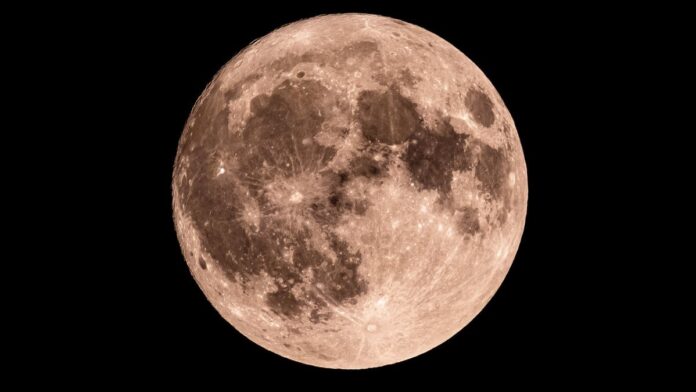November 10th brings us a waning gibbous moon, meaning roughly 68% of its surface is illuminated by the sun. It won’t be long before it shrinks even further, eventually disappearing entirely during the new moon phase. But that doesn’t mean tonight isn’t great for stargazing!
From your vantage point on Earth, you can already spot some prominent lunar features with just your eyes: the Aristarchus Plateau, Mare Imbrium (a large dark plain), and Copernicus Crater. But elevate your view with binoculars or a telescope, and you’ll unlock even more detail. Look for the Mare Humorum, another dark plain, the dramatic Gassendi Crater, and the distinctive Clavius Crater. Astute stargazers might even catch glimpses of the smaller Schiller Crater, the winding Rima Hyginus (a lunar rift), and even the landing site of the historic Apollo 14 mission.
The waning gibbous phase marks a transitional period in the moon’s journey around Earth. This celestial dance lasts about 29.5 days, during which the moon cycles through distinct phases. These changes are purely optical – caused by the changing angles between the sun, Earth, and moon as viewed from our planet. Though we always see the same side of the moon, the amount of sunlight reflecting back to us creates this mesmerizing pattern known as the lunar cycle.
Keep in mind that the next full moon, a spectacular sight illuminating the entire lunar surface, is slated for December 4th. Until then, enjoy the intricate details visible during this waning gibbous phase – it’s a reminder of the incredible celestial ballet unfolding above us every night.






























